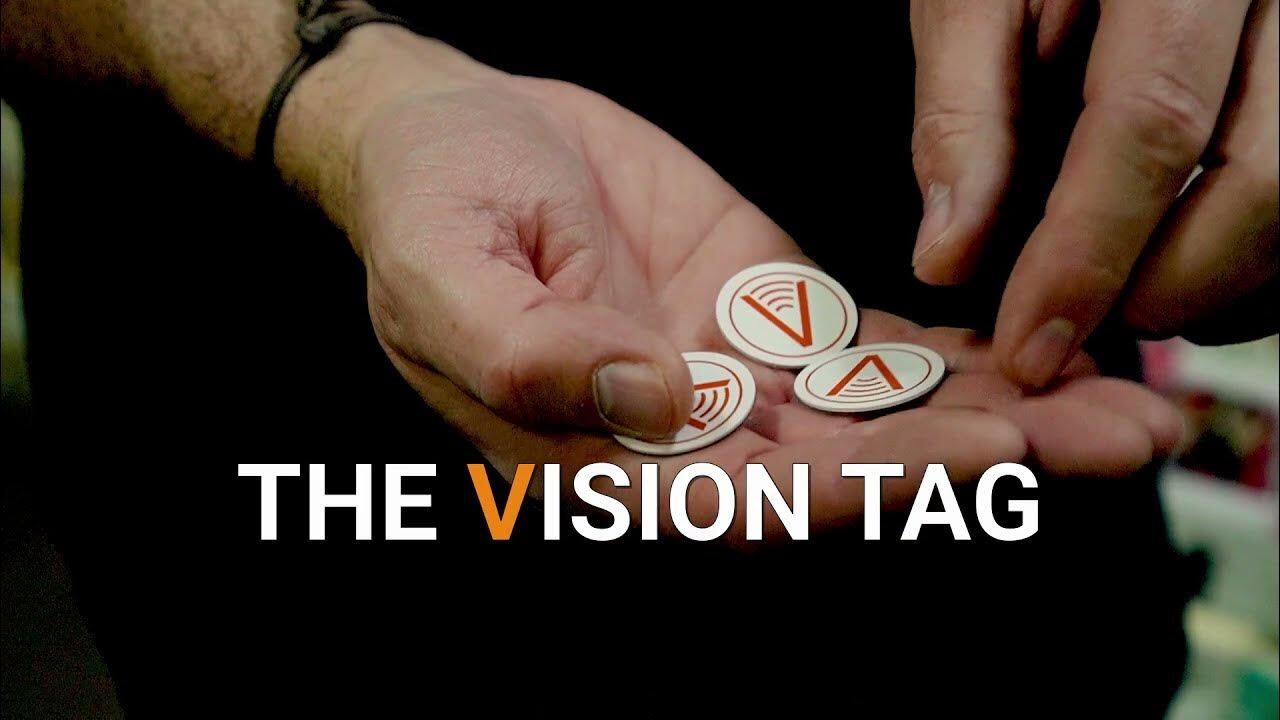No matter the industry, if you’re dealing with physical assets—tools, laptops, inventory, machinery—there’s a familiar problem: things go missing. Or they break, move, get loaned out, and nobody knows where they ended up. That’s not just frustrating—it’s expensive.
Enter RFID asset tracking.
It’s not a brand-new invention. But more and more businesses are turning to it because it actually solves the day-to-day issue of knowing where your stuff is, without turning staff into full-time auditors.
What RFID Asset Tracking Actually Does
RFID stands for Radio-Frequency Identification. The basic idea is simple: you attach a small tag to an item, and that tag holds some digital information. It could be a serial number, a status update, or just a unique ID. These tags aren’t just sitting there—they can transmit data wirelessly to a scanner, or “reader,” using radio waves.
Now, here’s where it gets practical. With RFID, you don’t need to see the tag. You don’t need to line anything up. Walk past a shelf of equipment with a handheld scanner—or install readers at building exits—and the system picks up the tags automatically. You can track dozens of items in seconds, no barcode scanning, no clipboard checklists.
Why Companies Are Switching
It usually comes down to a combination of three things: time, trust, and visibility.
RFID asset tracking replaces manual updates with automatic data collection. That means fewer missed entries, fewer arguments about who had what last, and far less time wasted doing inventory. It also means better data. When a tool moves from one site to another, you see that happen. You don’t find out later when it’s already delayed a project.
And unlike older systems, RFID doesn’t need perfect conditions. You can scan tags through packaging, from a few feet away, even if the tag is dirty or partially covered.

How does RFID asset tracking work?
At the simplest level, you need three things: a tag, a reader, and some software to manage the data.
Tags come in different forms—stickers, cards, or small plastic units. Some are “passive” (they wait to be scanned), others are “active” (they send signals on a schedule). Either way, when they’re in range of a reader, they share their info automatically. Readers can be fixed in place (say, at a warehouse entrance) or handheld for mobile scanning.
The system can be integrated with inventory or asset management platforms. Once that’s in place, tracking becomes a background process. No extra effort. No paper logs.
RFID vs. Barcode vs. Near Field Communication: Which technology is best for tracking assets?
Barcodes are still everywhere, and for good reason. They’re cheap, simple, and reliable—until they aren’t. Labels wear off. Scanners miss reads. And someone still has to stand there and scan each item one by one.
RFID is different. You can walk into a room with a scanner and know what’s there almost instantly. That kind of speed and ease changes the game, especially when you’re managing hundreds or thousands of assets.
As for NFC? It’s related to RFID, but more limited in range and typically used in one-to-one interactions—think contactless payments or electronic access cards. It’s great for certain tasks, but not built for scanning multiple items across large areas.
Use Cases That Make the Case
Plenty of industries are already using RFID asset tracking without calling attention to it.
Hospitals tag medical equipment to keep it from disappearing into closets or getting moved between departments without notice. Warehouses scan inbound and outbound goods without unpacking crates. Construction firms tag tools so they’re not constantly replacing lost drills or missing gear.
Even during the early COVID response, RFID was used to track PPE stock, monitor test kits, and keep shipments organized.
The point? RFID isn’t new tech. It’s simply proven. And it’s adaptable enough to work for businesses of all sizes.
What About Cost?
Not long ago, RFID was priced out of reach for small operations. But now? The tags are cheap. The readers are more accessible. And the software is usually cloud-based and easy to integrate.
Many companies start small. Tag your most valuable or frequently lost assets. Roll it out slowly. Watch the time you save on inventory, the money you save not reordering things you already own, and the stress you don’t have from missing gear.
RFID Asset Tracking Isn’t Flashy. It Just Works.
This isn’t a “nice to have” anymore—it’s a way to stop wasting time and money. You don’t need a complex system or a full digital transformation. You need a working way to know what’s in your business, where it is, and how it’s moving.
At Assets & Compliance Managed Services, we’ve built RFID and NFC directly into our Vision platform. It’s flexible, easy to scale, and works with the way you already run your operations.
If RFID asset tracking sounds like something your business could actually use—get in touch. We’ll walk you through how it works, what it costs, and how to roll it out without a tech headache.

